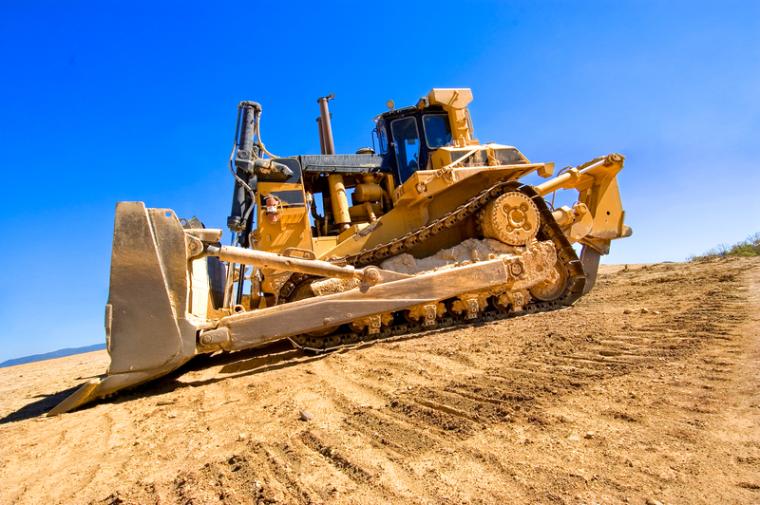
On the close of a year filled with economic recovery, fluctuation and uncertainty, Mitsubishi HC Capital America, the largest non-bank, non-captive finance provider in North America, is identifying five trends that are likely to play a significant role in shaping the equipment finance industry in 2024.
“Talk of recession, inflation and interest rates have largely replaced conversations filled with worries about the supply chain,” says Chuck McKay, Senior Vice President of Corporate Development at Mitsubishi HC Capital America. “We may be turning the corner in 2024, with a year of rebalancing before a substantial growth period returns in the following years.”
1. More cash buyers. As supply-chain stress has eased, commercial vehicle dealerships are seeing more cash buyers and a shortened sales cycle. As a result, dealers will need more floorplan financing to make sure they can keep the right inventory on the floor at the right times. OEMs, looking for ways to support their dealers, will increasingly turn to floorplan financing as one effective way to do so.
2. Growth in cross-border deals. Coming out of the pandemic, business between Canada and the United States continues to ramp up. Lenders that offer strong cross-border financing – beyond having sales offices in each country – should do well in 2024.
3. Continued increase in as-a-service financing. Companies in a wide array of industries are understanding the benefits of the as-a-service business model, and will continue to figure out how to implement it. “Instead of financing a single product or a product for a specific use, the as-a-service model effectively allows a company to finance its entire balance sheet,” says McKay.
The challenge, he says, will be in the definition and implementation of services to add to a product offering. For example, a trucking company looking to become an as-a-service provider must do much more than just offer lease and sales options. They’ll also need to provide tracking, roadside service, and other support logistics to get vehicles in the right place at the right time.
“Becoming a true as-a-service provider involves well-thought-out strategic and tactical decision-making,” explains McKay. He expects the industry to see more joint ventures, coop agreements and other teaming arrangements. “As-a-service is in the early stages of the growth S curve – and we expect the steepness of the curve to continue through 2024.”
4. Rise of asset sharing. Asset sharing is a strategic agreement among businesses to share an asset for the benefit of both organizations. By pooling ownership across multiple users, companies can save money by upping the utilization of devices. Typically, the needed number of assets required decreases, which generally means the overall cost of ownership decreases. Asset sharing, which is more asset-efficient than as-a-service, is already prominent in the healthcare field, particularly with certain imaging and surgery-related machines.
McKay explains that asset sharing requires tracking, maintenance and other support logistics – the same basic core services associated with as-a-service models. “The difference is in the ownership. As-a-service ownership is within a defined entity whereas asset sharing is a network.”
The two models will blur and merge in 2024, he says, and as the equipment becomes more specialized, the more the models look alike. “Key to remember is that you can do as-a-service without sharing, but you can’t do asset sharing without as-a-service.”
5. Interest rate worries and impacts. Many companies are concerned about the possibility of further interest rate increases from the Federal Reserve, and the likelihood of a recession. “With strong positive indicators – including robust GDP and slowing inflation – it’s looking very possible that we could be in for the mythical soft landing,” says McKay. Interest rates, he thinks, will probably remain at current levels, and may decrease somewhat. “The beginning of 2024 should continue to be a rebalancing period, with the economy growing at potential again in 2025-2026.”

There are no comments
Please login to post comments